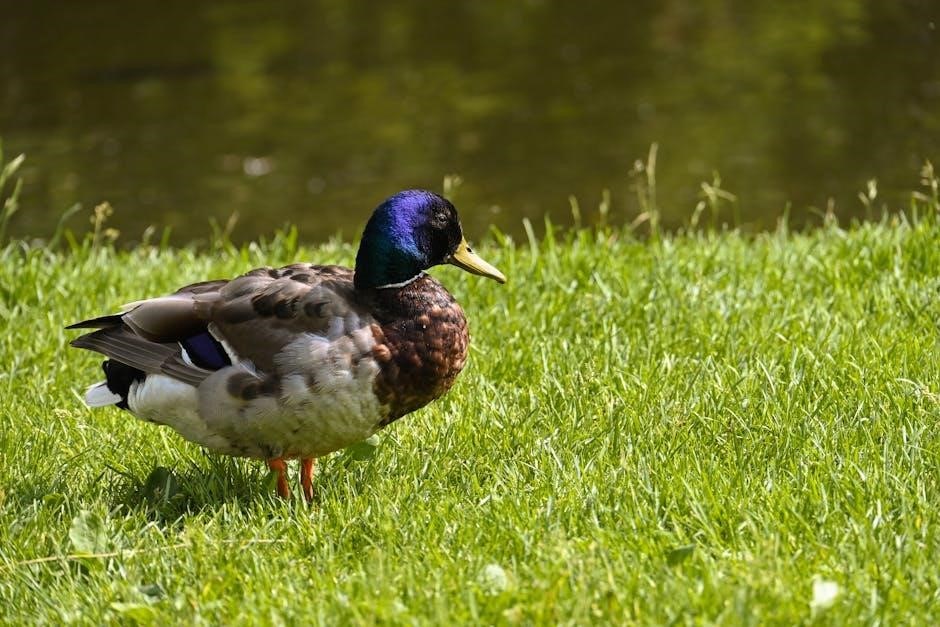
Pond Armor is a versatile, non-toxic epoxy coating designed for waterproofing ponds and water features. It offers a durable, flexible barrier that prevents leaks and withstands harsh conditions. Easy to apply with a brush, roller, or squeegee, it’s ideal for DIY projects and professional use alike, ensuring long-lasting protection for your pond or water feature.
1.1 What is Pond Armor?
Pond Armor is a non-toxic, flexible epoxy coating designed to provide a durable waterproof barrier for ponds, water features, and other surfaces. It is specifically formulated to withstand harsh environmental conditions, including UV exposure and varying temperatures. Unlike traditional pond liners, Pond Armor creates a seamless, crack-resistant layer that prevents leaks and protects surfaces from damage. It can be applied to concrete, stone, metal, and other materials, making it a versatile solution for both DIY enthusiasts and professionals. The product is known for its ease of application, requiring no special equipment, and its ability to adhere to properly prepared surfaces. Pond Armor is an excellent alternative to conventional liners, offering long-term protection and peace of mind for pond owners.
1.2 Benefits of Using Pond Armor
Pond Armor offers numerous benefits, making it a superior choice for pond and water feature protection. Its non-toxic formula ensures safety for aquatic life, while its flexible and durable nature resists cracks and leaks. The epoxy coating is easy to apply using basic tools like brushes or rollers, eliminating the need for specialized equipment. It provides long-lasting protection against harsh environmental conditions, including UV exposure and temperature fluctuations. Pond Armor is also versatile, suitable for various surfaces such as concrete, stone, and metal. Its seamless application reduces the risk of wrinkles and gaps, offering a professional-grade finish. Additionally, it promotes energy efficiency by preventing heat loss and is a cost-effective solution for maintaining ponds and water features. Pond Armor is a reliable and eco-friendly option for both DIY enthusiasts and professionals.
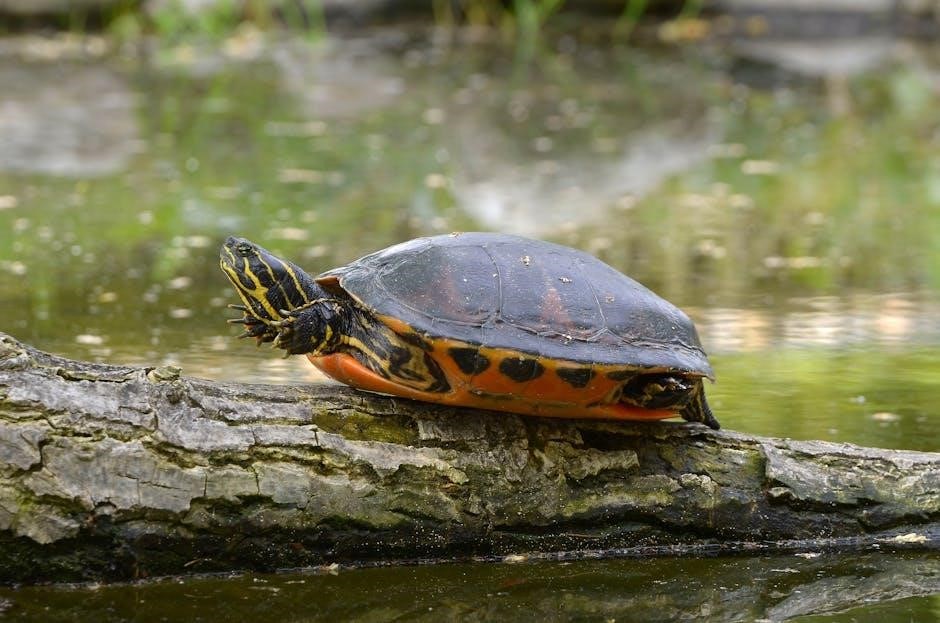
Surface Preparation
Proper surface preparation is crucial for optimal adhesion. Clean and abrade the surface to ensure it’s free from contaminants and evenly textured, promoting a strong, durable bond.
2.1 Preparing Rough Surfaces
For rough surfaces like concrete, brick, or stone, proper preparation ensures a strong bond. Start by cleaning the surface to remove dirt, algae, or debris. Use a wire brush or abrasive pad to roughen the surface further, creating a better texture for adhesion. For concrete, acid etching is recommended to open the pores and improve epoxy penetration. Rinse thoroughly with water to remove any residue. Allow the surface to dry completely before applying Pond Armor. If the surface is particularly uneven, consider grinding smooth any sharp edges or protrusions. Proper preparation guarantees a durable and long-lasting waterproof seal. Ensure all areas are clean and dry for optimal results.
2.2 Preparing Smooth Surfaces
Smooth surfaces, such as metal or fiberglass, require specific preparation for optimal adhesion. Begin by thoroughly cleaning the surface with a solvent to remove oils, dirt, or contaminants. For metal surfaces, apply a self-etching primer to enhance the bond between the surface and the epoxy coating. Ensure the surface is completely dry before proceeding. For polished stone or unglazed tile, lightly roughen the surface using sandpaper or a similar abrasive to improve adhesion. Avoid using harsh chemicals that might damage the material. Proper preparation ensures a strong, durable bond and prevents peeling or flaking of the Pond Armor coating. Always follow safety guidelines when handling chemicals and primers.
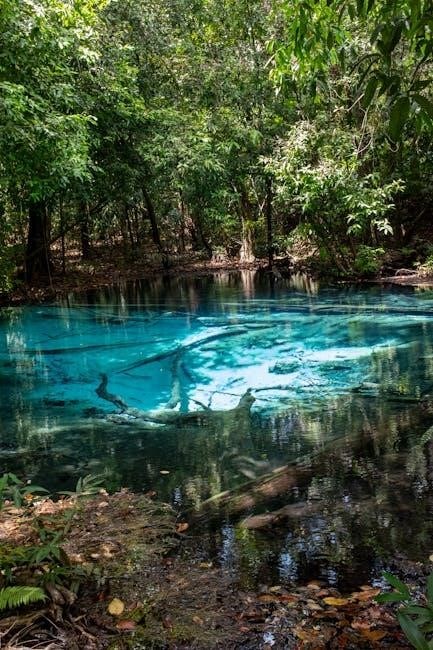
2.3 Abrading the Surface
Abrading the surface is a critical step to ensure proper adhesion of Pond Armor. Use 60-grit sandpaper or a wire brush to roughen smooth or polished surfaces, creating a texture similar to fine sandpaper. This process removes contaminants and creates a better bonding surface. For concrete, grind rough areas smooth and acid etch the surface with a mixture of muriatic acid and water. Rinse thoroughly and allow the surface to dry completely before applying the coating. Ensure no residue or dust remains, as this can interfere with adhesion. Proper abrading ensures a strong, lasting bond between the surface and the epoxy coating, preventing peeling or flaking over time.
2.4 Cleaning the Surface
Cleaning the surface is essential before applying Pond Armor. After abrading, rinse the surface thoroughly with water to remove all dust, debris, and contaminants. Use a wet/dry vacuum or drain to eliminate excess water. For concrete, ensure the surface is free of grease, oil, and other substances. If acid etching was performed, rinse the surface until it is neutralized and clean. Allow the surface to dry completely, as any moisture can interfere with adhesion. Proper cleaning ensures a strong bond between the surface and the epoxy coating. Avoid using soap or other chemicals that might leave residues. A clean, dry surface is crucial for the long-lasting performance of Pond Armor.
Mixing Instructions
Mix Pond Armor components thoroughly, ensuring parts A and B are well-blended. Use a level surface and safety gear; Add alcohol as a thinner if needed for consistency.
3.1 Understanding the Components
Pond Armor consists of two primary components: a resin (Part A) and a hardener (Part B). These must be mixed thoroughly to activate the curing process. The resin provides the waterproofing and durability, while the hardener ensures proper bonding and long-term protection. Always follow the instructions for exact mixing ratios, as specified in the product guidelines. For improved flow and consistency, especially in warmer conditions, alcohol can be added as a thinner. Ensure all components are well-blended to achieve optimal results. Proper mixing is critical for the coating to perform as intended. Avoid under-mixing, as this can lead to incomplete curing and reduced effectiveness. Always refer to the provided instructions for precise measurements and mixing times.
3.2 Mixing Ratios
For optimal performance, mix Pond Armor components in the correct ratios. The standard ratio is 2 cups of Part A (resin) to 1 cup of Part B (hardener). If using alcohol as a thinner, add 1/8 cup to the mixture. This ratio ensures proper curing and adhesion. For smaller areas, start with half the kit to avoid excess material. Larger surfaces may require scaling up the ratio proportionally. Always follow the instructions for precise measurements to ensure the coating’s effectiveness. Mixing ratios may vary slightly depending on surface type and application method, so refer to the specific guidelines for your project. Proper mixing is essential for achieving a durable, waterproof finish.
3.3 Using Alcohol as a Thinner
Alcohol can be used to thin Pond Armor epoxy for smoother application, especially in warm conditions. Add 1/8 cup of alcohol per mixed kit to achieve the desired consistency. This helps reduce viscosity, making it easier to spread evenly with a roller or brush. However, use alcohol sparingly, as excessive thinning can weaken the coating’s strength. Always mix thoroughly after adding alcohol to ensure even distribution. Avoid over-thinning, as it may compromise the epoxy’s durability. Follow the instructions for precise measurements to maintain the product’s performance. Alcohol thinning is optional and should only be done when necessary for specific application needs. Proper use ensures a professional-quality finish for your pond or water feature.
3.4 Safety Precautions
When working with Pond Armor epoxy, wear protective gear, including gloves, safety goggles, and a mask to avoid skin and eye irritation and inhalation of fumes. Ensure good ventilation in the work area to prevent the buildup of vapors. Avoid mixing or applying the product near open flames or sparks, as it may be flammable. Keep the area cool, as high temperatures can cause the epoxy to set too quickly. If skin contact occurs, wash immediately with soap and water. In case of eye exposure, flush with water for at least 15 minutes and seek medical attention. Properly dispose of unused materials and rags to prevent fire hazards. Always follow the safety guidelines provided in the instructions to ensure a safe and successful application.
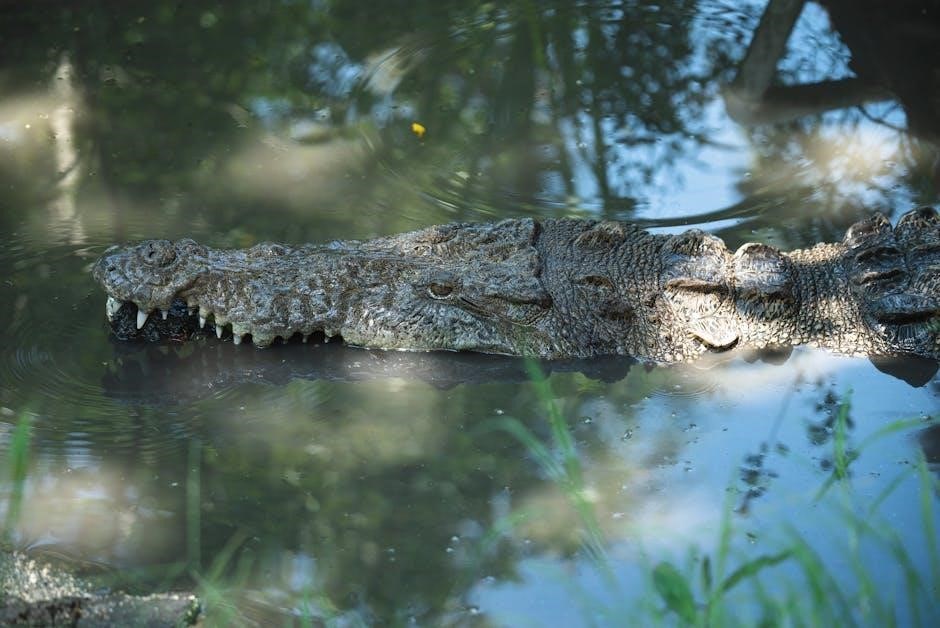
Application Methods
Pond Armor can be applied using a brush, roller, or squeegee, depending on the surface type. For smooth surfaces, a squeegee ensures even coverage, while rough surfaces may require a brush or roller for better adhesion. Always apply thin, even coats to ensure proper bonding and durability. Follow the recommended application rates and drying times to achieve the best results. Proper surface preparation is essential for a successful application. Use the appropriate tool for your surface to ensure a professional finish.
4.1 Applying to Rough Surfaces
For rough surfaces, use a high-quality brush or paint roller to apply Pond Armor. These tools help penetrate uneven textures, ensuring proper adhesion. Start by working in small sections, applying thin, even coats. Allow the first coat to dry completely before applying a second layer. Rough surfaces may require additional material to fill gaps and cracks. Ensure the surface is clean and abraded before application for optimal results. Avoid using a squeegee on rough surfaces, as it may not provide adequate coverage. Follow the recommended drying time between coats to ensure a strong, durable finish. Proper application on rough surfaces ensures long-lasting protection against leaks and wear. Always follow the manufacturer’s instructions for best results; Surface preparation is key to a successful application. Use the appropriate tool for your surface type to achieve professional-quality results.
4.2 Applying to Smooth Surfaces
For smooth surfaces, Pond Armor can be applied using a stiff rubber squeegee or a plastic Bondo spreader. These tools ensure even coverage and a smooth finish. Begin by spreading the coating evenly across the surface, working in sections. Use light pressure to avoid creating air bubbles. If using a squeegee, pull the coating outward to cover the recommended square footage per mix. Smooth surfaces typically require only one coat, but a second coat can be applied for added durability. Allow the first coat to dry completely before applying the second. Proper application on smooth surfaces results in a strong, waterproof barrier that protects your pond or water feature for years. Follow the manufacturer’s instructions for best results.
4.3 Using a Paint Roller
Using a paint roller is an effective method for applying Pond Armor to both smooth and rough surfaces. Start by loading the roller with the coating, ensuring it’s evenly distributed across the nap. Work in sections, applying thin, even coats to maintain coverage. For smooth surfaces, a single coat may suffice, while rough surfaces might require two thin coats. Allow the first coat to dry completely before applying the second. Use light to moderate pressure to prevent pulling or uneven application. This method is user-friendly and ensures a uniform finish, making it ideal for DIY projects and larger areas. Always follow the manufacturer’s instructions for optimal results.
4.4 Using a Brush
Using a brush is ideal for detailed work and smaller areas when applying Pond Armor. Choose a high-quality brush with synthetic or natural bristles, depending on the surface texture. Dip the brush into the coating, ensuring it’s well-coated but not dripping. Apply thin, even strokes, working in small sections to maintain coverage. For rough surfaces, use firm pressure to ensure the coating penetrates all crevices. On smooth surfaces, lighter strokes will suffice. Avoid overloading the brush, as this can lead to uneven application. This method provides precision and control, making it perfect for edges, corners, and intricate designs. Always clean the brush thoroughly after use to maintain its effectiveness for future applications.
4.5 Using a Squeegee
For smooth surfaces, a stiff rubber squeegee is an effective tool for applying Pond Armor; Start by pouring the mixed coating onto the surface. Hold the squeegee at a slight angle and pull the coating evenly across the area, working in sections. Apply thin, consistent layers, ensuring full coverage. Use overlapping strokes to avoid missing spots. For larger areas, work in small sections to maintain even distribution. Avoid applying too much coating at once, as this can lead to uneven drying. This method is ideal for smooth surfaces, ensuring a uniform finish. Clean the squeegee with alcohol after use to prevent the coating from hardening on the tool.
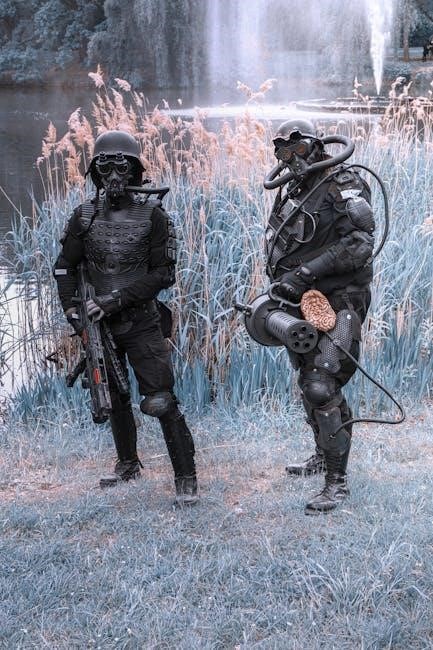
Curing and Drying
Pond Armor typically cures within 24 hours at 70°F, but drying time may vary depending on temperature and humidity. Avoid contamination during the curing process for optimal results.
5.1 Curing Time
Pond Armor typically cures within 24 hours at 70°F, but this can vary depending on temperature and humidity. Cooler temperatures may slow the curing process, while warmer conditions can accelerate it. Ensure the surface remains clean and dry during curing to prevent contamination. Full hardness and waterproofing properties are achieved within 7-10 days. Avoid exposing the surface to water or heavy use during this period. Optimal curing occurs in temperatures between 65°F and 85°F. Follow the instructions carefully to ensure proper curing and long-lasting results. Proper environmental conditions are crucial for the coating to cure effectively and adhere properly to the surface.

5.2 Drying Time
Pond Armor typically dries to the touch within 4-6 hours under ideal conditions, with light foot traffic possible after 12-24 hours. Full drying depends on temperature, humidity, and thickness of application. Thin coats dry faster, while thicker layers may require more time. Ensure the surface remains undisturbed during drying to avoid damage. Avoid exposure to water or moisture until fully cured, as this can disrupt the drying process. Optimal drying occurs in temperatures between 65°F and 85°F with low humidity. Follow instructions for application thickness to ensure proper drying and adhesion. Proper environmental conditions are key for achieving a smooth, even finish.
5.3 Avoiding Contamination
To prevent contamination, ensure the surface is clean and free from dust, debris, or moisture before and during application. Avoid exposure to direct sunlight or high humidity, as this can attract airborne contaminants. Handle the coating with clean tools and wear gloves to prevent skin oils from interfering. Mix the components in a clean, dry area, and avoid introducing foreign particles into the mixture. Keep the application area free from foot traffic and pets until fully cured. Contamination can lead to uneven adhesion or surface defects, so maintain a controlled environment during the drying process. Proper preparation and care are essential for a flawless finish.
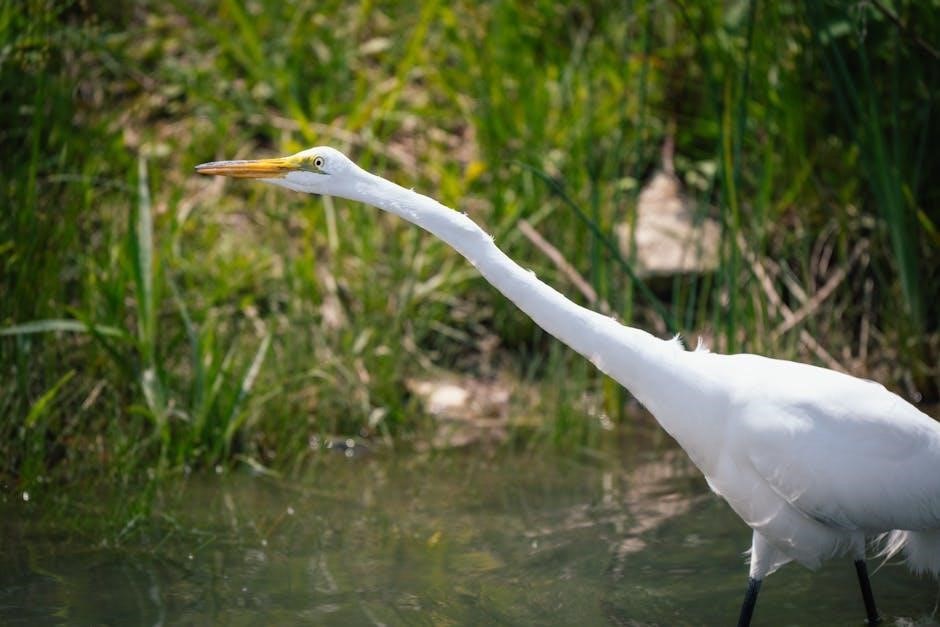
Dealing with Edges and Seams
Sealing edges and seams is crucial for a watertight finish; Apply additional coats to edges, extending coverage by 2-3 inches. Use epoxy putty for any gaps.
6.1 Sealing Edges
Sealing edges is essential to ensure a watertight finish. Apply additional coats of Pond Armor to edges, extending coverage by 2-3 inches onto existing surfaces. For gaps or seams, use epoxy putty to fill them before applying the coating. This ensures a seamless bond and prevents water seepage. When working with edges, smooth surfaces require precise application to avoid excess material spilling over. Rough surfaces may need additional coats for complete coverage. Always follow the instructions for handling edges, as improper sealing can lead to leaks. Proper edge sealing enhances durability and maintains the integrity of your pond or water feature. For best results, use a stiff rubber squeegee or brush to apply the coating evenly along edges.
6.2 Handling Seams
Handling seams effectively is crucial for a seamless and leak-free finish. For existing seams, apply a thin layer of epoxy putty to seal gaps before coating. When applying Pond Armor, ensure the coating spans the seam by 2-3 inches on both sides. This prevents water from penetrating the joint. For new installations, overlap the edges of the coating by at least 1 inch and press firmly to ensure adhesion. Use a stiff rubber squeegee or brush to smooth out the area, ensuring even coverage. Properly sealing seams guarantees the durability and integrity of your pond or water feature, preventing future maintenance issues. Always follow the instructions carefully to achieve a professional finish.
Troubleshooting
Common issues include uneven coverage, peeling, or contamination. For fixes, reapply Pond Armor as needed, ensuring proper surface prep and following instructions for best results.
7.1 Common Issues
Common issues when using Pond Armor include peeling, uneven coverage, or premature curing. These problems often arise from improper surface preparation or mixing. For example, failure to abrade smooth surfaces or clean thoroughly can lead to adhesion issues. Contamination during application, such as dust or debris settling on the wet coating, can also cause uneven finishes. Additionally, applying too thick a coat or not following the recommended mixing ratios can result in peeling or cracking. To avoid these issues, ensure surfaces are properly prepared, mix components accurately, and apply thin, even coats as instructed. Proper ventilation and avoiding high temperatures during curing are also crucial.
7.2 Repairing Mistakes
If mistakes occur during the application of Pond Armor, such as uneven coverage or peeling, they can often be repaired without redoing the entire project. For peeling areas, lightly sand the affected section to smooth the edges and ensure a strong bond with the existing coating. Clean the area thoroughly with a degreaser to remove dirt or oils. Once dry, apply a thin coat of Pond Armor, feathering it out to blend seamlessly with the surrounding area. For contamination or dust issues, allow the coating to cure slightly, then gently scrape off imperfections and touch up as needed. Proper repair ensures the longevity and effectiveness of the waterproof barrier.
Testimonials and DIY Tips
Users praise Pond Armor for its ease of use and durability. DIYers recommend using a plastic Bondo spreader or stiff rubber squeegee for smooth application and optimal results.
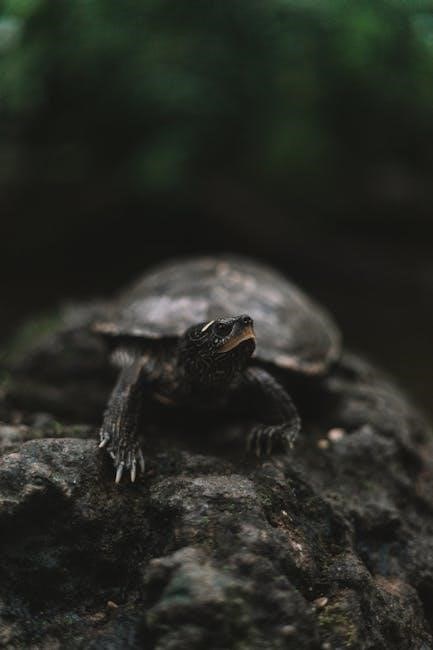
8.1 User Testimonials
Users have shared positive experiences with Pond Armor, highlighting its ease of use and effectiveness. Many DIY enthusiasts appreciate its non-toxic formula and flexibility, making it ideal for various water feature projects. Cheryl N. from Honolulu praised the product, stating it’s worth the investment for long-term savings. She emphasized that the guidance provided by Pond Armor makes installation manageable even for inexperienced users. Several customers noted that the 101 tips and advice offered by the company were instrumental in ensuring successful applications. Overall, testimonials consistently highlight Pond Armor’s reliability, durability, and user-friendly nature, making it a top choice for pond and water feature protection.
8.2 DIY Application Tips
For a successful DIY application of Pond Armor, start by ensuring the surface is properly prepared. Use a plastic Bondo spreader or stiff rubber squeegee for smooth surfaces, and a brush or roller for rough textures. Apply thin, even coats to avoid pooling, allowing the first coat to cure before adding a second. When mixing, follow the ratio guidelines and consider using alcohol as a thinner for better coverage. Always work on a level surface to prevent uneven application. For edges, extend the coating 2-3 inches onto existing surfaces and seal seams with epoxy putty. Watch tutorials and refer to the FAQ section for additional guidance. Proper preparation and patience ensure a professional finish.
Pond Armor offers a reliable and durable solution for waterproofing ponds and water features. Its non-toxic, flexible formula ensures long-lasting protection against leaks and environmental stressors. With easy application methods and minimal preparation required, it’s an ideal choice for both DIY enthusiasts and professionals. By following the instructions and tips outlined, users can achieve a seamless, professional finish. The product’s versatility and effectiveness make it a valuable investment for maintaining the integrity of ponds and water features. Whether you’re a seasoned expert or a first-time user, Pond Armor provides the tools and confidence to create a beautiful, long-lasting water feature.